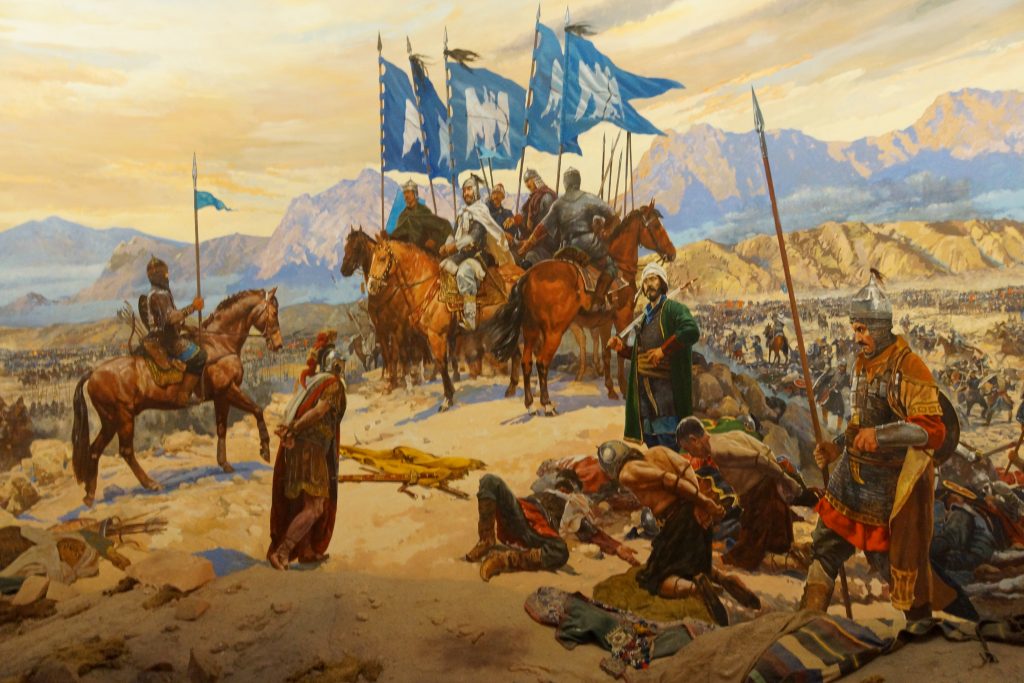In 2024 we visit Ballıca Cave, Tokat Taşhan and Ali paşa Cami
Ballıca Cave, (Ballıca Mağarası) is a natural wonder located in the Tokat province in the Black Sea region of Turkey, known for its rich history, cultural heritage, and natural beauty.
Ballıca Cave, one of the largest and most impressive caves in Turkey,
is situated in the town of Almus, which is about 20 kilometers from the city center of Tokat. The cave’s stunning stalactites and stalagmites formations formed over millions of years through the slow deposition of minerals.
Ballıca Cave visitors explore its chambers and passages, extending several kilometers underground. The cave offers a unique and otherworldly experience, as you traverse through the dimly lit, awe-inspiring formations.
Infrastructure around Ballıca Cave is designed to accommodate visitors. This includes walkways, lighting, and other amenities to make the cave more accessible and enjoyable for tourists.
Dating back thousands of years, Tokat has been inhabited by many civilizations, including the Hittites, Phrygians, and Romans. In the medieval period, it was an important center under various empires, including the Byzantines and the Seljuks.
The Seljuks were a Turkic Sunni Muslim dynasty
born in the 10th century. They played a significant role in the history of the Islamic world, particularly in the Middle East and parts of Central Asia. The Seljuks established one of the largest empires in the Muslim world, covering a vast territory from Anatolia to Persia and beyond.
The Seljuks of Rum, also known as the Sultanate of Rum, were a branch of the Seljuk dynasty that ruled over Anatolia from the 11th to the 13th centuries. During this expansion, Alp Arslan defeated the Byzantine Empire at the Battle of Manzikert in 1071.

This battle opened the door for the Seljuks to establish control over eastern Anatolia, including areas around Tokat. Their capital was initially Nicaea (modern-day İznik) and later moved to Iconium (modern-day Konya). The Sultanate of Rum played a crucial role in the early history of the Turkish presence in Anatolia.
Tokat as a Seljuk Stronghold: Tokat became an important Seljuk stronghold in Anatolia. It was strategically located along trade routes and was a center of political and military activity. The Seljuks constructed fortifications and other structures in the region,
Tokat Castle stands on a hill overlooking the city.
With ancient origins, it was largely rebuilt and expanded by various civilizations over the centuries.
Today, Tokat is known for its historical sites, mosques, churches, and other architectural landmarks. It is also renowned for its local cuisine and natural beauty, making it a popular destination for both tourists and those interested in Turkish culture and history.
Cultural and Architectural Influence: During the Seljuk period, there was a flourishing of Seljuk architecture in the region. Mosques, madrasas, and other Islamic architectural structures were built, leaving a lasting impact on the region’s cultural heritage. These structures often displayed characteristic Seljuk architectural features, such as intricate geometric patterns and calligraphy.
Seljuk Rule and Successors: After the initial Seljuk rule, various Seljuk sultans and local rulers continued to govern the Tokat region.The Mongol invasions in the 13th century significantly disrupted Seljuk rule in Anatolia, eventually leading to the rise of the Beyliks, smaller Turkish principalities, and the eventual emergence of the Ottoman Empire.
Tokat Castle (Tokat Kalesi): While the castle itself predates the Seljuks, it underwent significant renovations and expansion during their rule. It offers a fascinating glimpse into the strategic importance of Tokat in Seljuk times.
Niksar Castle (Niksar Kalesi) dates to ancient times. The Seljuks made their own contributions to its architecture.
Sarı Saltuk Complex (Sarı Saltuk Türbesi ve Cami), also, in Niksar, is dedicated to Sarı Saltuk, a revered figure in Turkish folklore. It includes a mosque, a tomb, and a religious lodge. The complex is an excellent example of Seljuk architecture and is still an active religious site.
Gökpınar Mosque (Gökpınar Camii) built by the Seljuks, is situated in the vicinity of the Almus Dam. The combination of the historical mosque and the scenic location makes this area worth a visit.